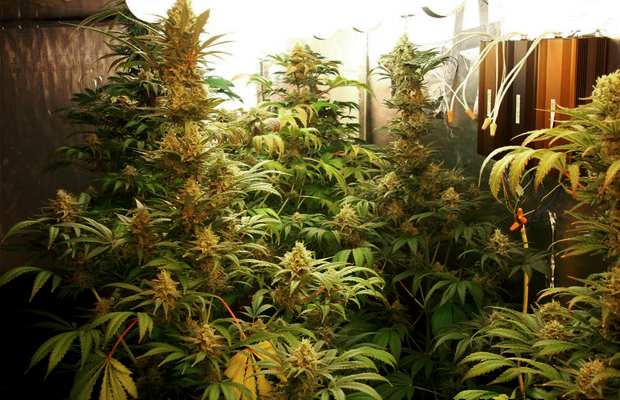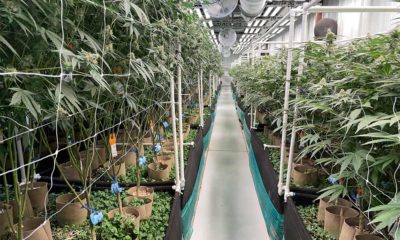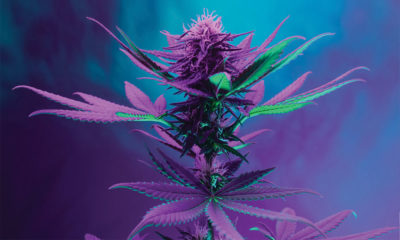Cultivation
The Magnetic Induction Lamp
Those growers that have grown a crop or two will know firsthand that the stronger the light source, the better the green. This usually means that either metal halide or high pressure sodium lamps are going to be used to grow plants. The most common wattage for both types of lamps is 400 or 1000 watts.
There’s another less-used but very effective alternative – the magnetic induction lamp. The main difference between the magnetic induction lamp and traditional lamps is the fact that there are no electrodes within the bulb. They still use a ballast to vary the 120 volts taken from the wall socket to a higher voltage needed to light the gas within the bulb. The electrodes within the common bulb are usually the limiting factor of a bulb’s life, since the electrodes degrade quickly. Most lamps that use a filament have a working life in the 15,000 to 50,000 hour range. Magnetic induction lamps have a working life of about 100,000 hours, which is over 11 years of continuous operation. This is a 35 to 50 percent savings in energy for the same amount of light.
The magnetic induction lamp will generate 90 lumens per watt of power, making it a very good choice to grow. While it still uses a small ballast, the unit as a whole is lighter in the lower ranges of power usage than a traditional lamp such as metal halide. A 400 watt magnetic induction lamp will put out 36,000 lumens of light, which is the same amount a 400 watt metal halide lamp will produce. The savings is in the bulb’s extremely long life. With this type of bulb, the efficiency goes up with the wattage.
Magnetic induction lamps don’t have a “heating up” phase that the more common bulbs have. They light almost instantaneously and can be relit as many times as needed in a short amount of time. The metal halide bulb, for example, takes several minutes to light completely.
Magnetic induction lamps operate between 100 and 277 volt systems. Those used within a common household setting are optimized for a 120 volt feed. The frequency of the RF signal that’s used with the bulb varies from 13.6 MHz, 2.65 MHz and 250 kHz.
Some disadvantages of using a magnetic induction lamp is the magnetic “noise” it produces. This noise commonly interferes with electronic communications devices such as cellphones and wireless wi-fi access. New bulbs have shielding that helps reduce the affected area and comply with FCC regulations.
Another disadvantage is the fact that the bulb and ballast grow exponentially as you increase the wattage of the lamp. The lamps and ballast become ungainly and take up more space than traditional, more oft-used bulbs such as metal halide and high pressure sodium.
While the magnetic induction lamp isn’t a go-to for most growers, it’s still a viable light source for a grow room. At 400 watts, the light generated is almost pure white. There’s very little heat generated compared to other lighting systems, and it’s a hard to break technology — the bulbs are very sturdy and last forever. The noise generated by the ballast is also not present, so the system will be completely silent.
Since the magnetic induction lamp isn’t in widespread use in the hydroponics world, the cost of a full system is still pricier than is metal halide or high pressure sodium. The long term savings are high, but most grow operations usually only run for 8 to 10 weeks at a time, negating the main advantage of using the magnetic induction lamp.
What kind of light source do you use to grow your plants? Share your tips in the comments.



























